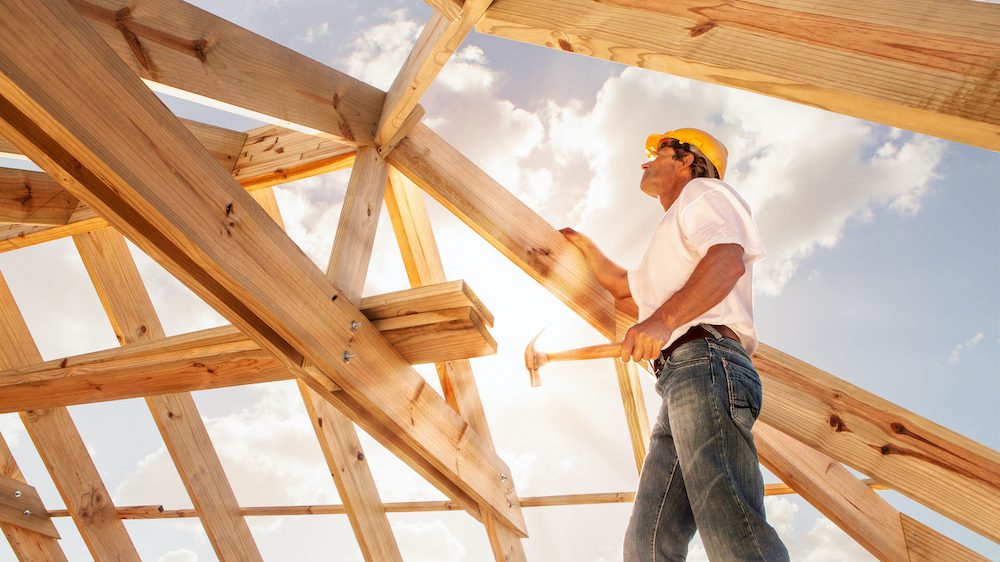In recent years, the suburban housing market has undergone a significant transformation, driven by new builders who are redefining what it means to live in the suburbs. Traditionally, suburban housing has been synonymous with expansive single-family homes, neatly manicured lawns, and uniform architectural styles. However, a new wave of builders is challenging these conventions, ushering in a fresh approach that is reshaping the suburban landscape. One of the most notable changes is the shift towards mixed-use developments. New builders are increasingly incorporating retail, office spaces, and recreational facilities within suburban neighborhoods. This integration creates vibrant, walkable communities where residents can live, work, and play without needing to commute long distances. By blending residential, commercial, and recreational spaces, these developments foster a sense of community and convenience that was previously rare in suburban settings.

Additionally, there is a growing emphasis on sustainability and energy efficiency. Modern builders are prioritizing green building practices, using eco-friendly materials, and incorporating energy-efficient technologies. Solar panels, high-performance insulation, and smart home systems are becoming standard features in new suburban homes. This focus on sustainability not only reduces the environmental impact but also appeals to increasingly eco-conscious buyers who are seeking homes that align with their values.Design innovation is another key trend. New builders are moving away from the traditional cookie-cutter homes and embracing more diverse architectural styles. From contemporary designs with clean lines to homes that blend elements of various historical styles, there is a greater variety of options for homebuyers. This diversity allows for a more personalized and unique living experience, catering to different tastes and preferences. Furthermore, the concept of age-in-place design is gaining traction. Builders are now creating homes that are adaptable to various stages of life. Features such as accessible entryways, single-level living, and adaptable spaces ensure that homes remain functional and comfortable as residents age.
This approach not only caters to older buyers but also offers long-term value for families planning to stay in their homes for decades. The rise of smart technology is also transforming suburban living. New homes are being equipped with advanced home automation systems that allow residents to control lighting, heating, security, and even appliances from their smartphones. These technologies enhance convenience and security, and builders eastern suburbs melbourne their integration into new suburban homes reflects the growing demand for tech-savvy living environments. New builders are revolutionizing suburban housing by embracing mixed-use developments, prioritizing sustainability, offering diverse architectural designs, incorporating age-in-place features, and integrating smart technology. These innovations are not only transforming the physical appearance of suburban neighborhoods but also enhancing the quality of life for their residents. As these trends continue to evolve, the suburban landscape will likely continue to adapt, offering more dynamic and forward-thinking living environments for future generations.